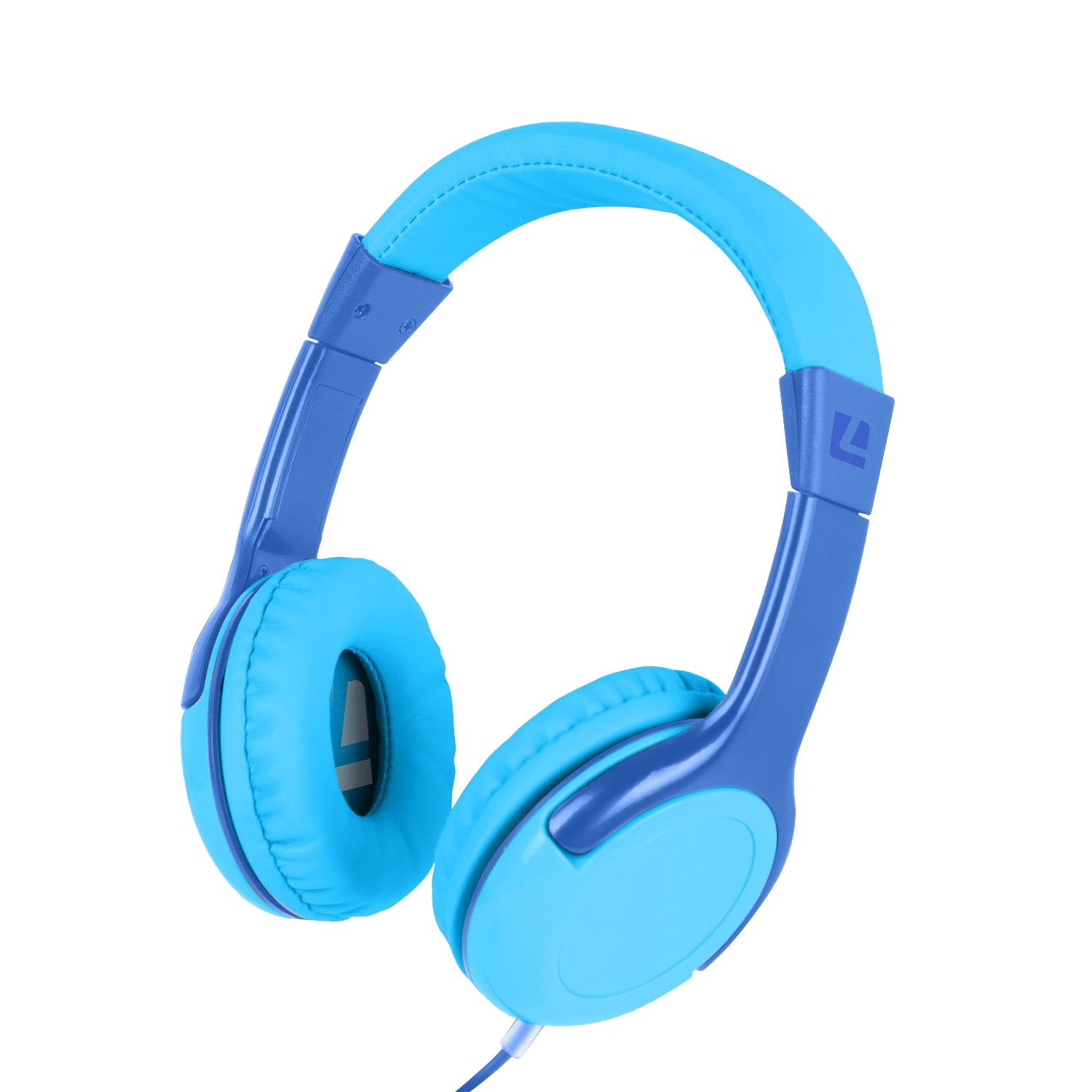
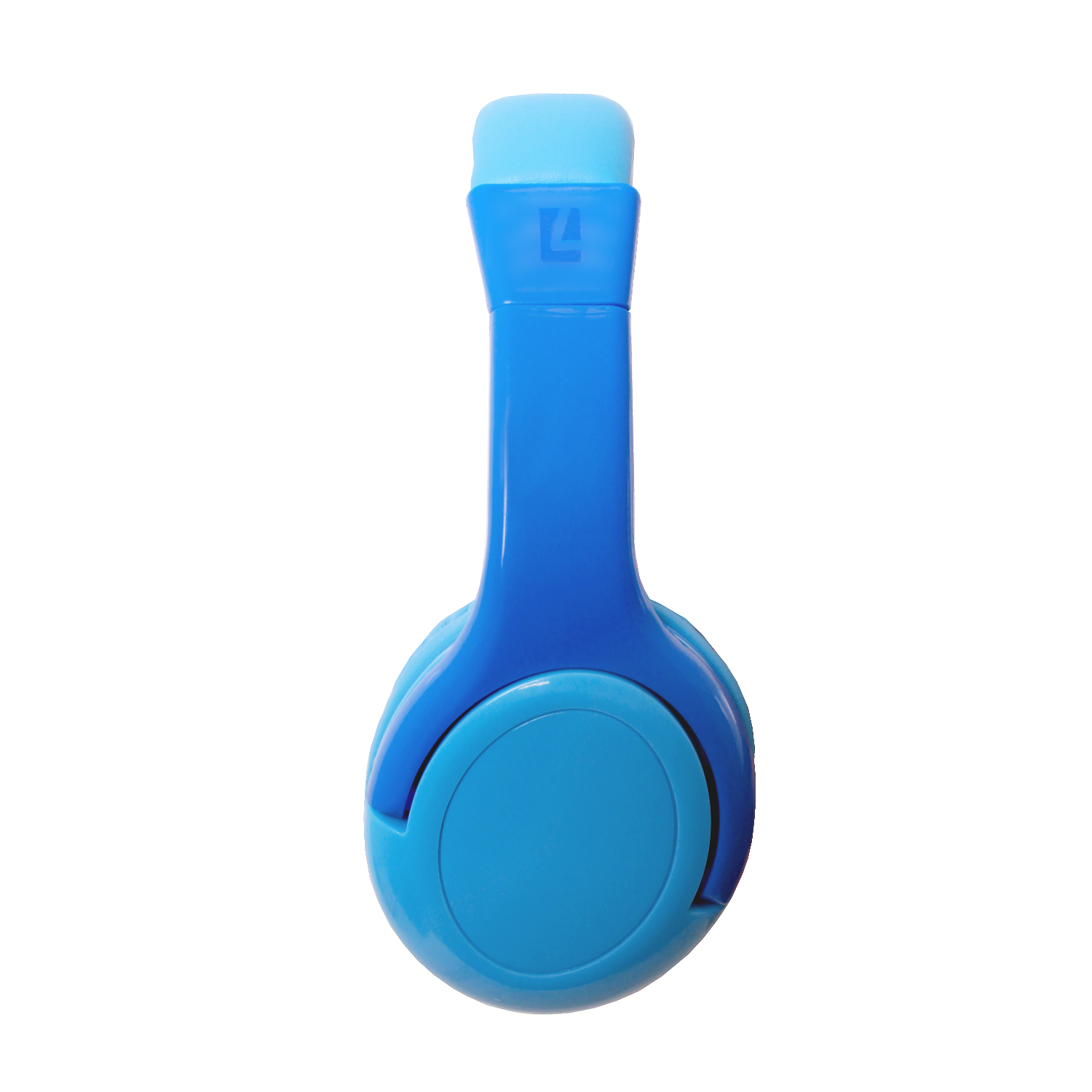
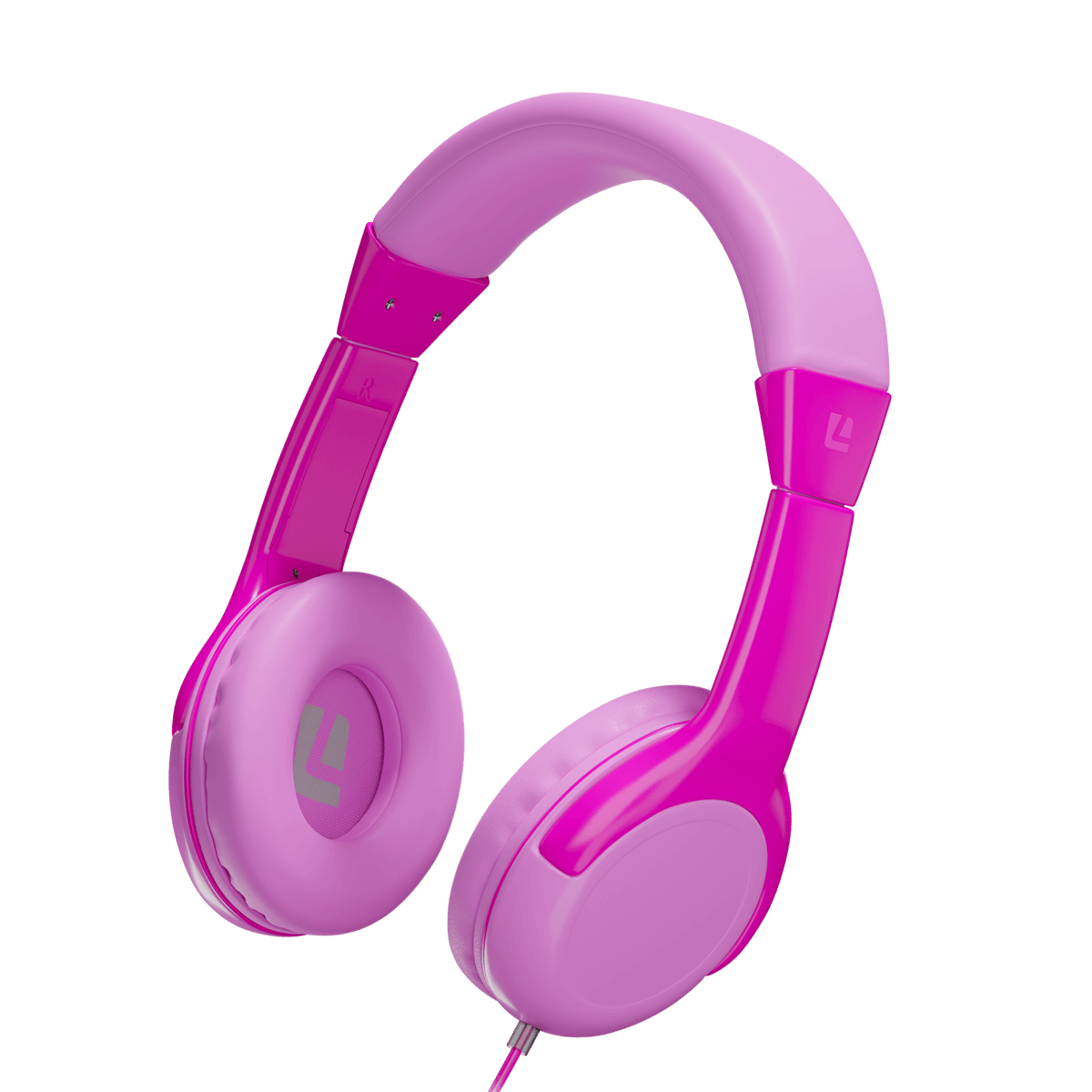
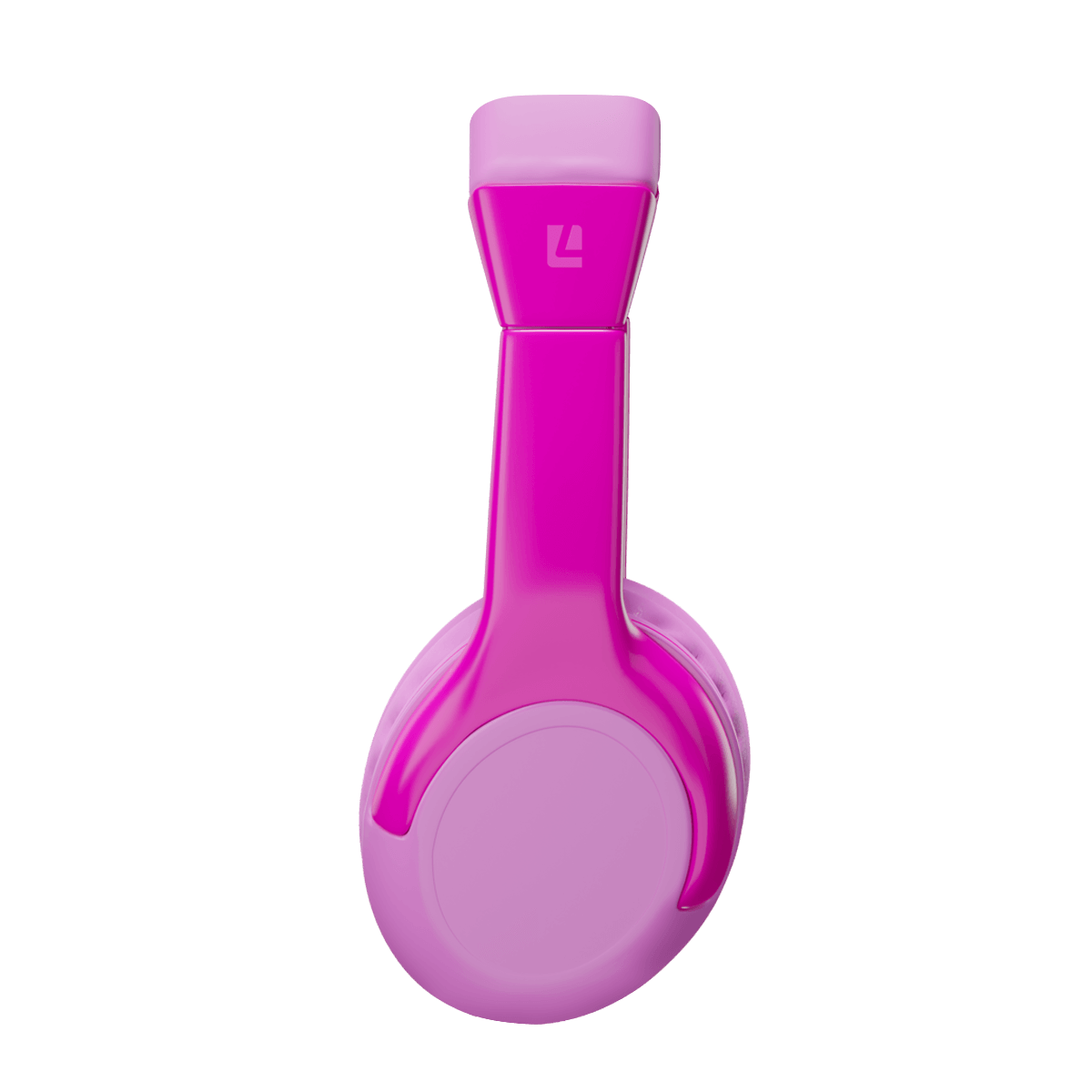
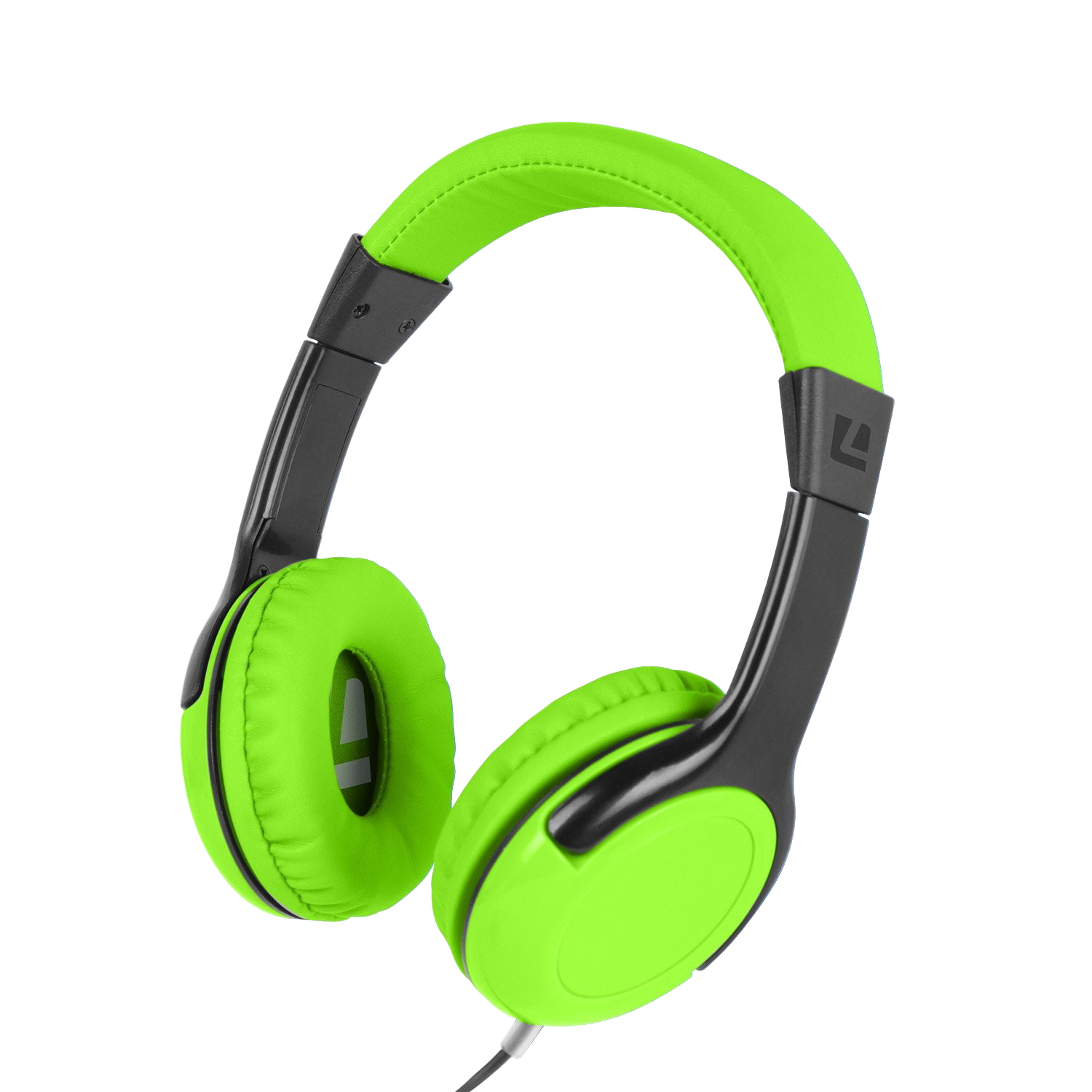
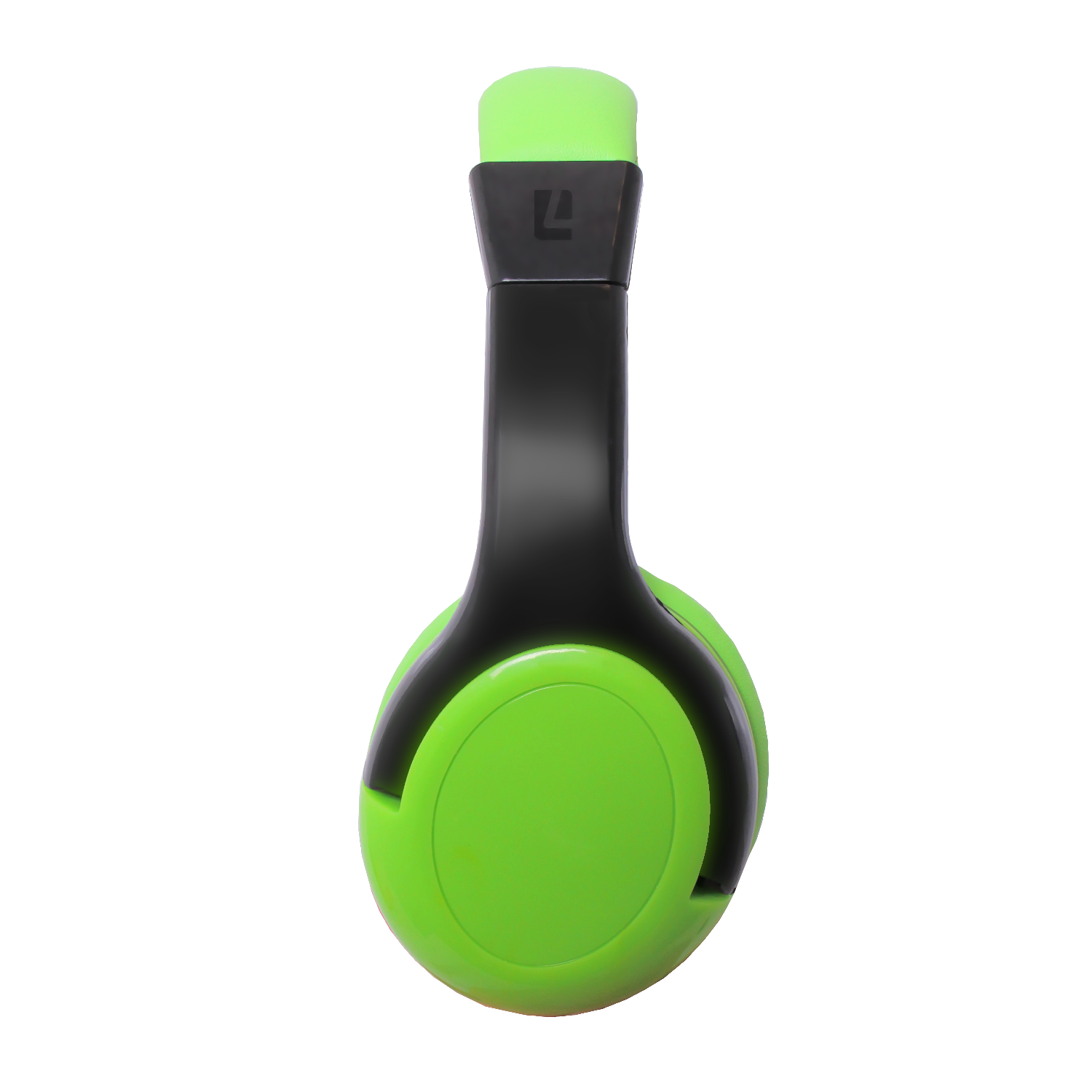
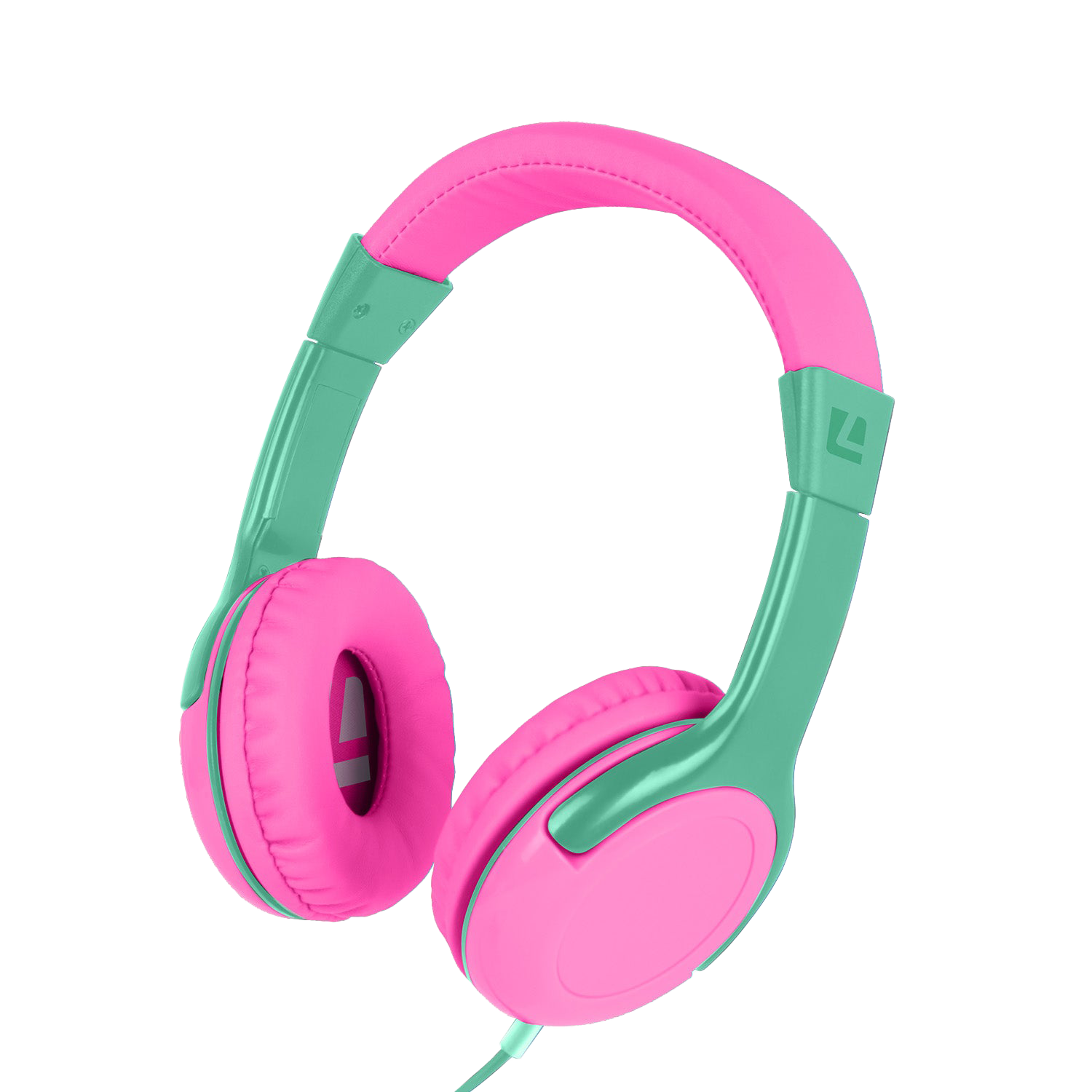
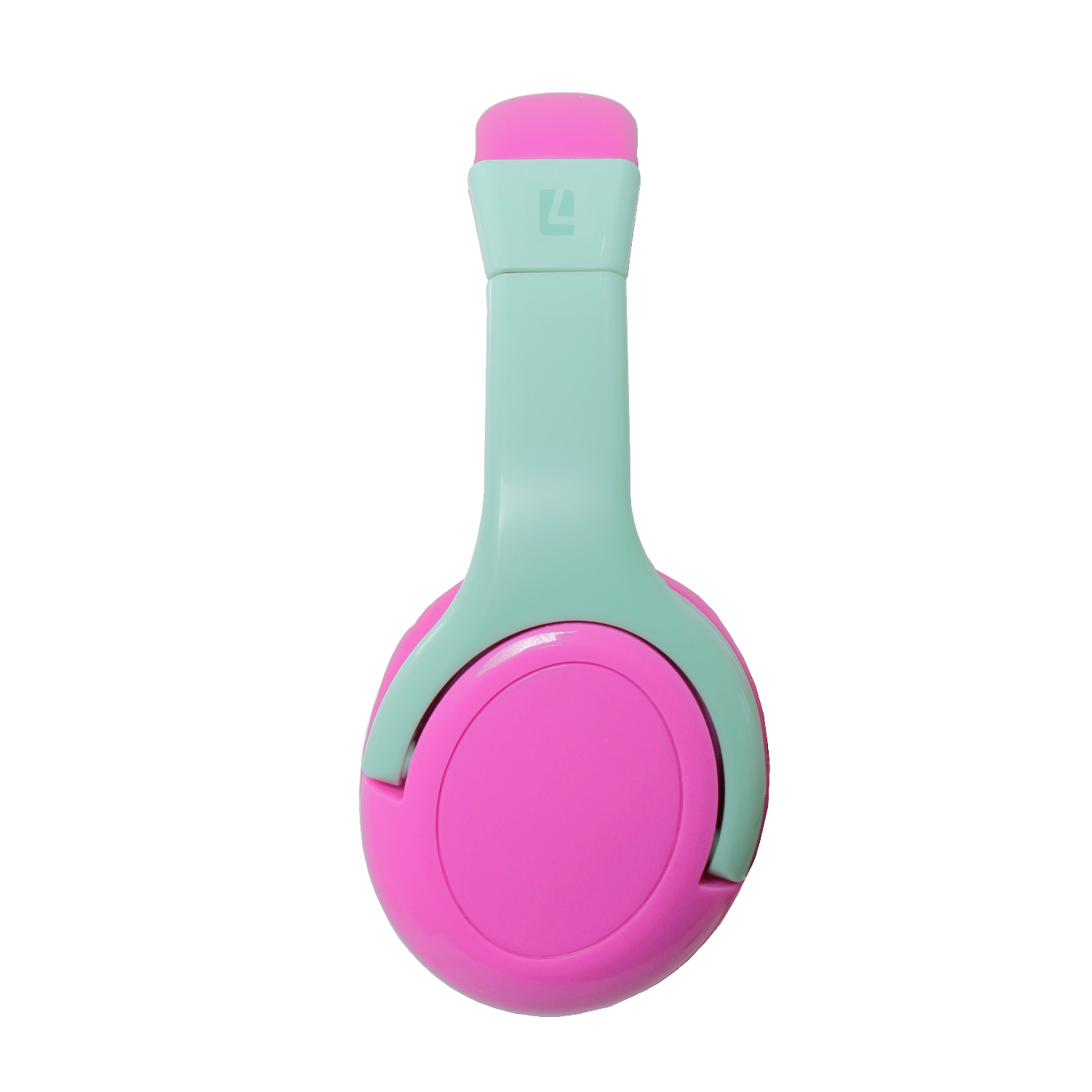
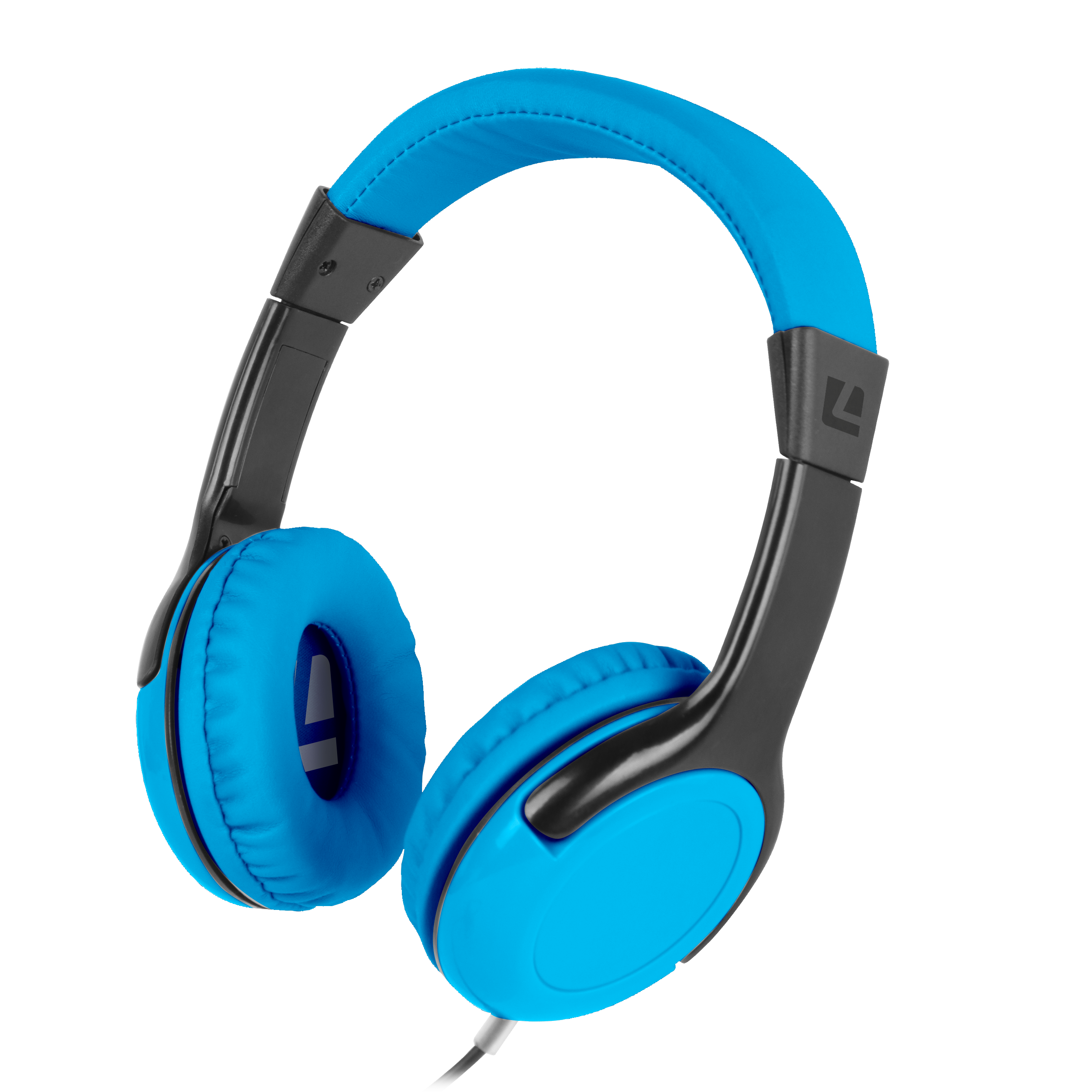
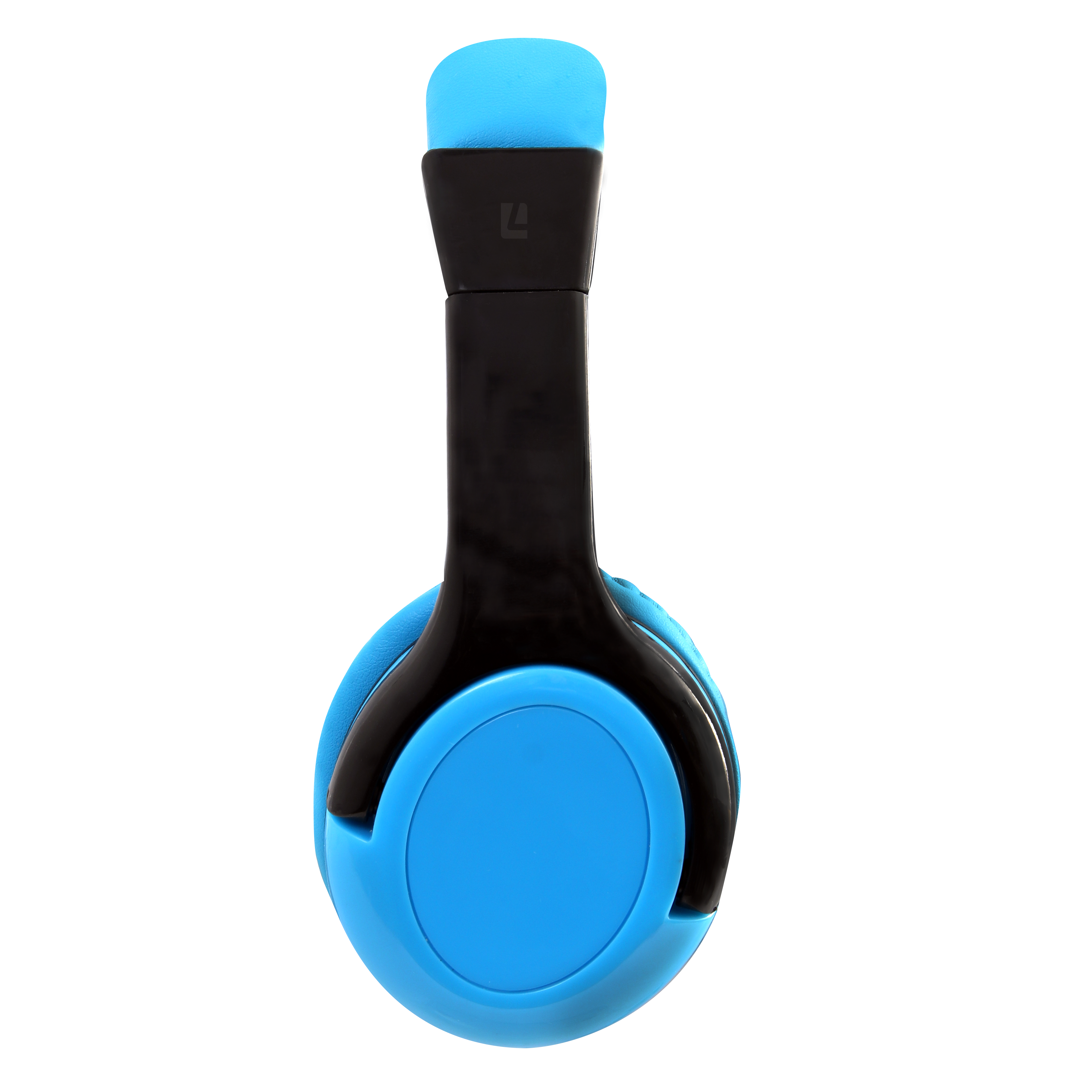
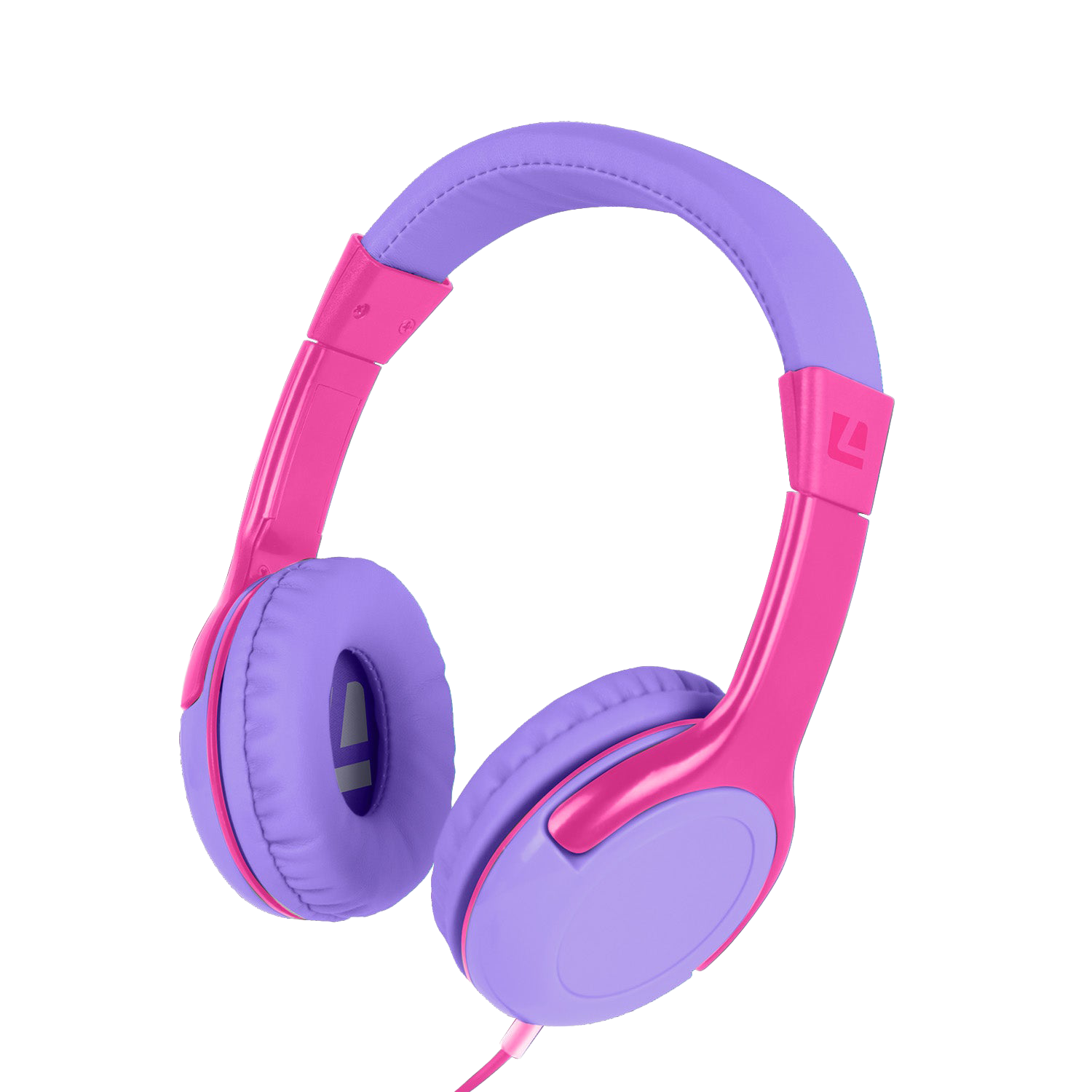
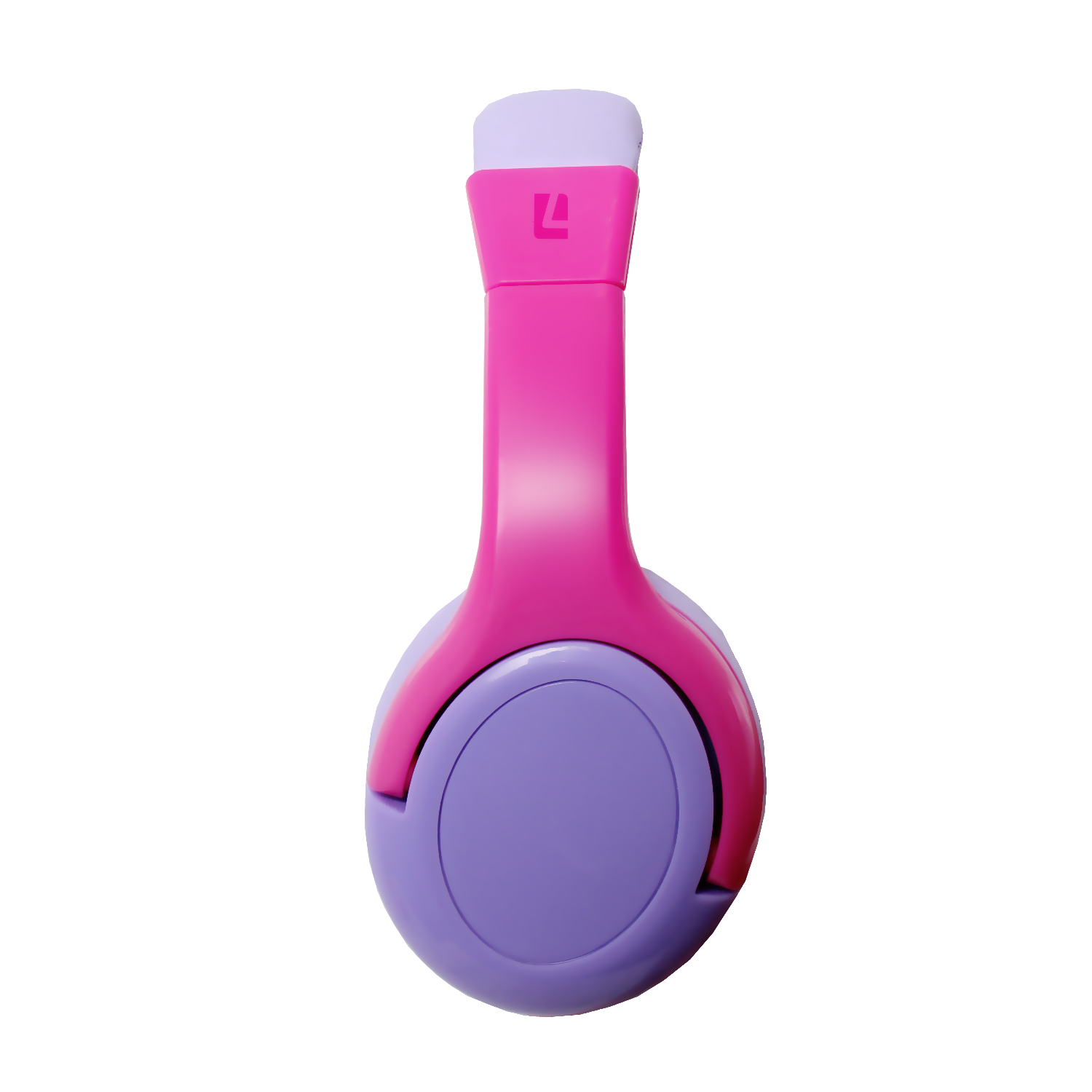
KIDZ Volume Limited Headphones
The Kidz Volume Limited Headphones are specifically designed with children in mind. With a volume limit set at 85dB, these headphones prioritise your child's hearing health and ensure they can enjoy their audio content at a safe and comfortable level.
Available at all leading retailers.
Related SKUs :LEWKPK, LEK20BL2, LEK20GB, LEKSBB, LEK20PP, LEK20PP, LEWKBL

KIDZ
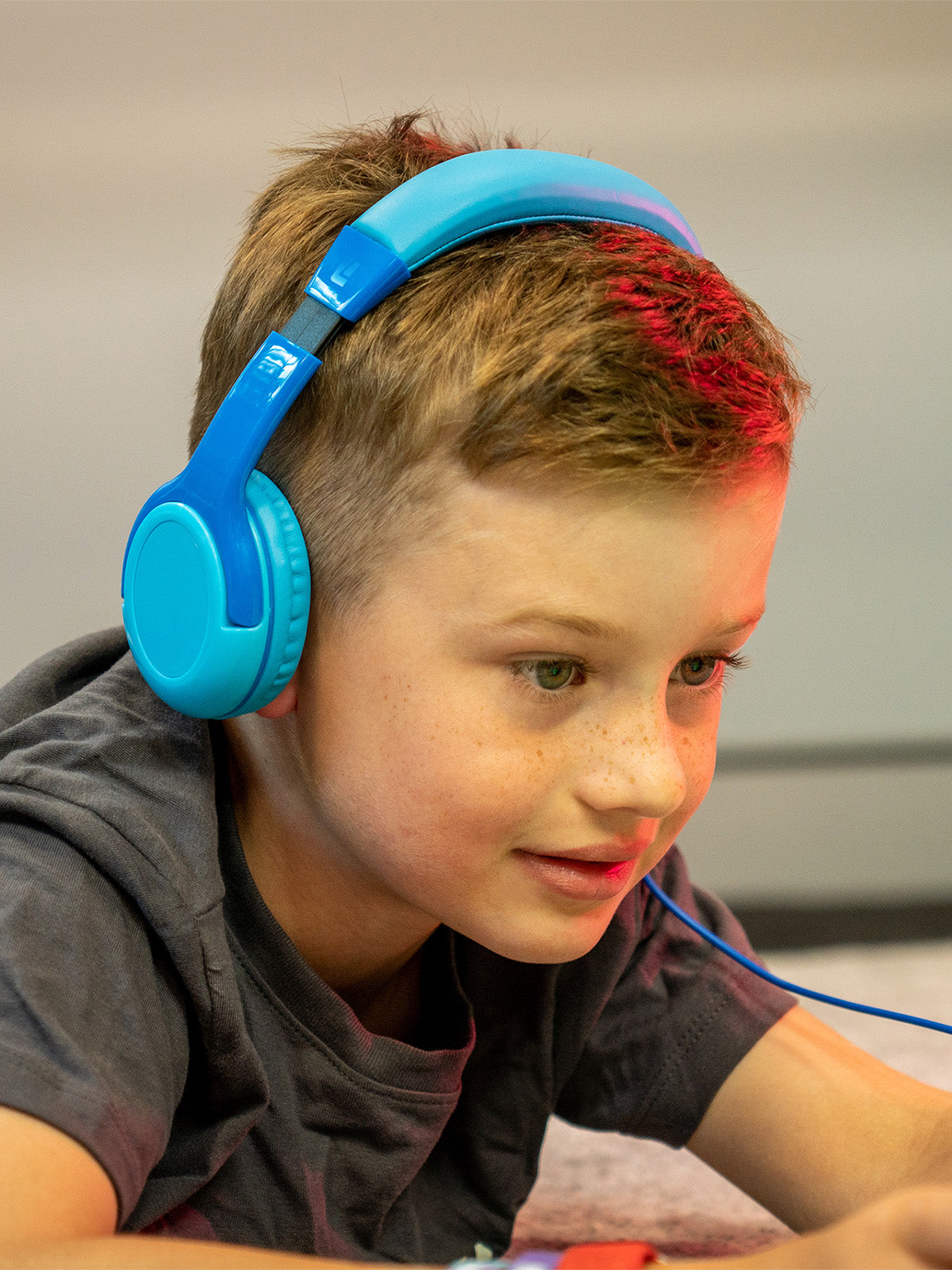
Our KIDZ headphones come with a volume limit of 85dB, making them the perfect audio solution for parents who want to ensure their child's hearing is protected while they enjoy their favourite content.
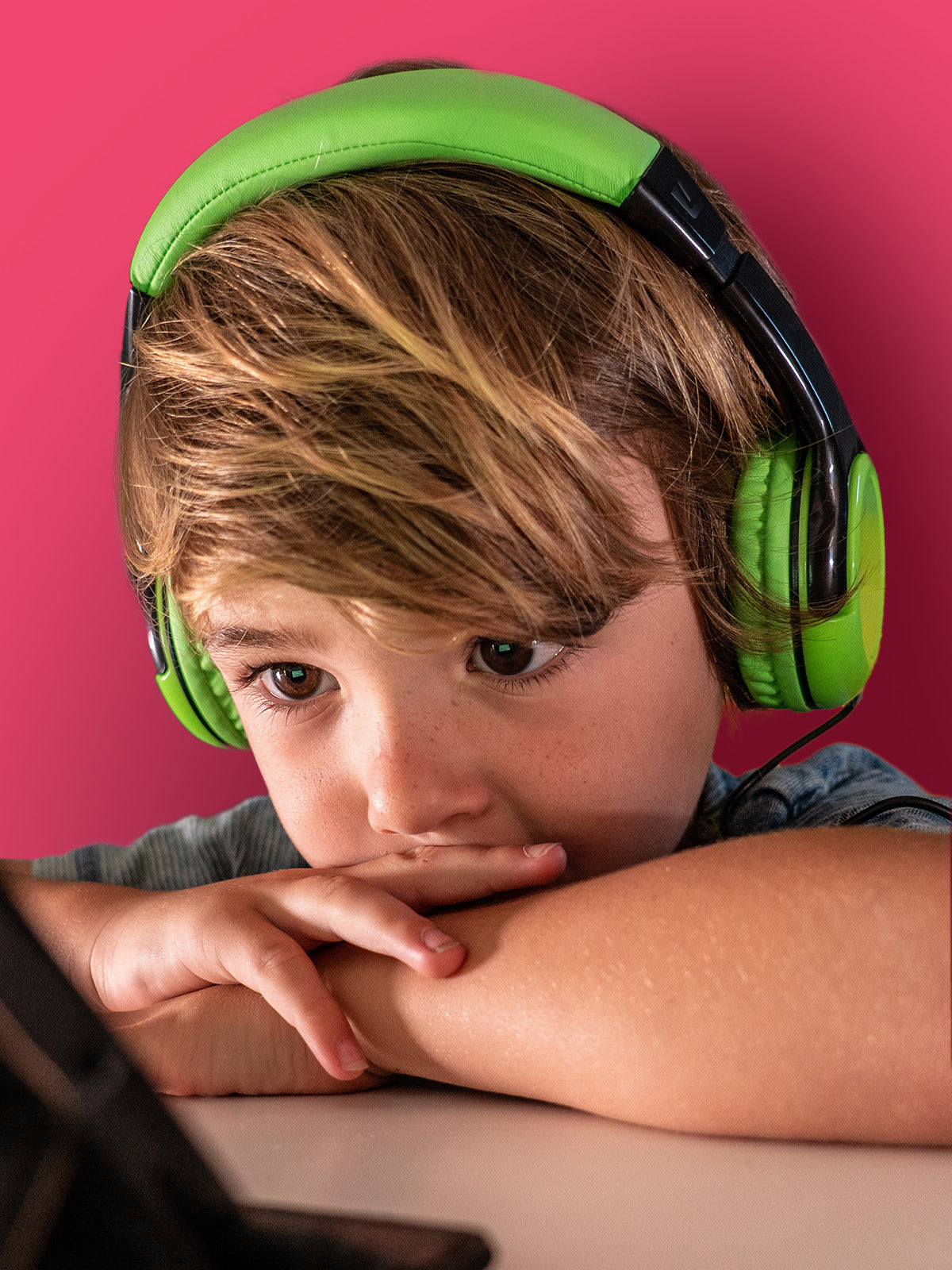
Add a splash of personality to your child's audio experience with our KIDZ headphones. With our range of funky colours, they can pick their favourite shade and express their unique style.
Our KIDZ headphones come with a volume limit of 85dB, making them the perfect audio solution for parents who want to ensure their child's hearing is protected while they enjoy their favourite content.
Add a splash of personality to your child's audio experience with our KIDZ headphones. With our range of funky colours, they can pick their favourite shade and express their unique style.


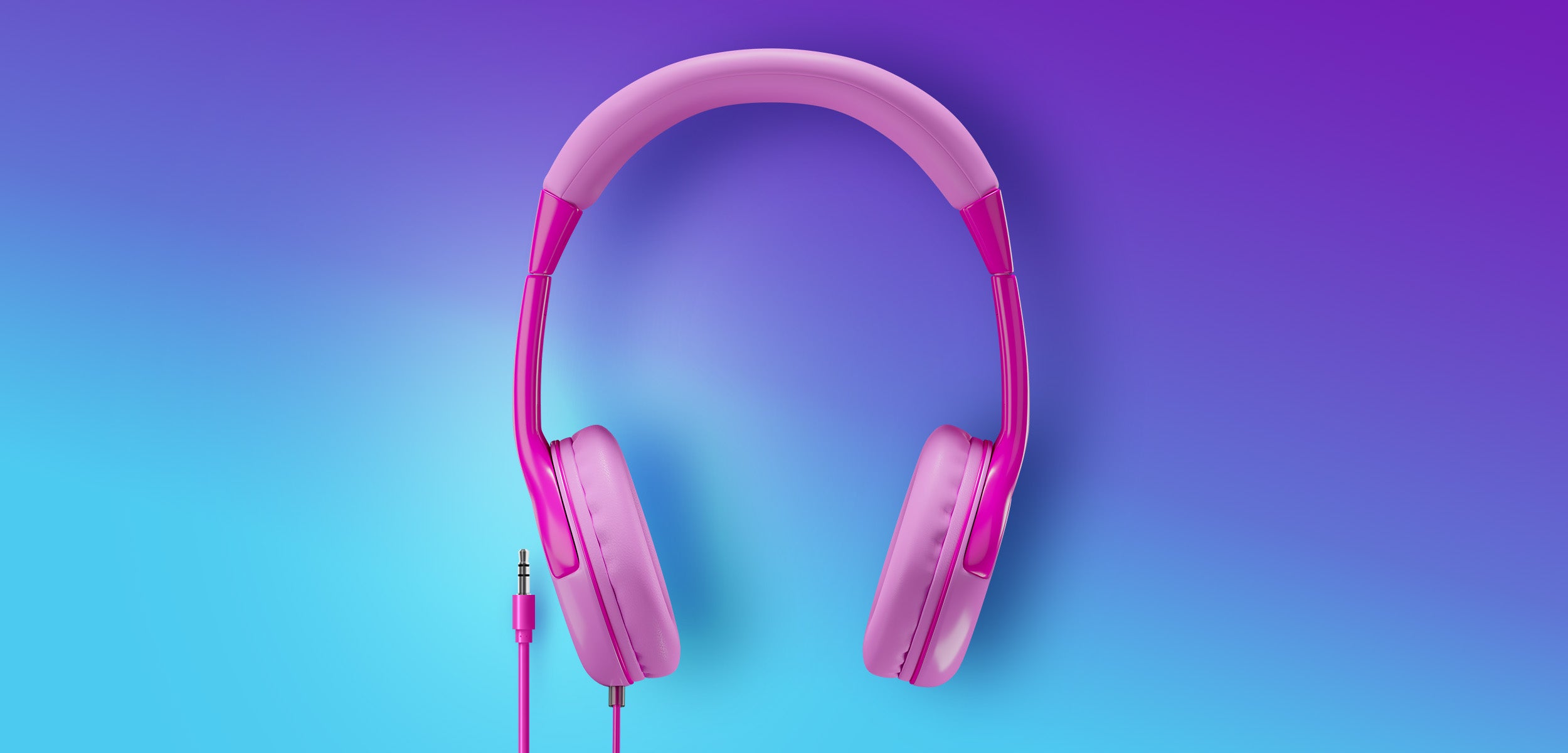
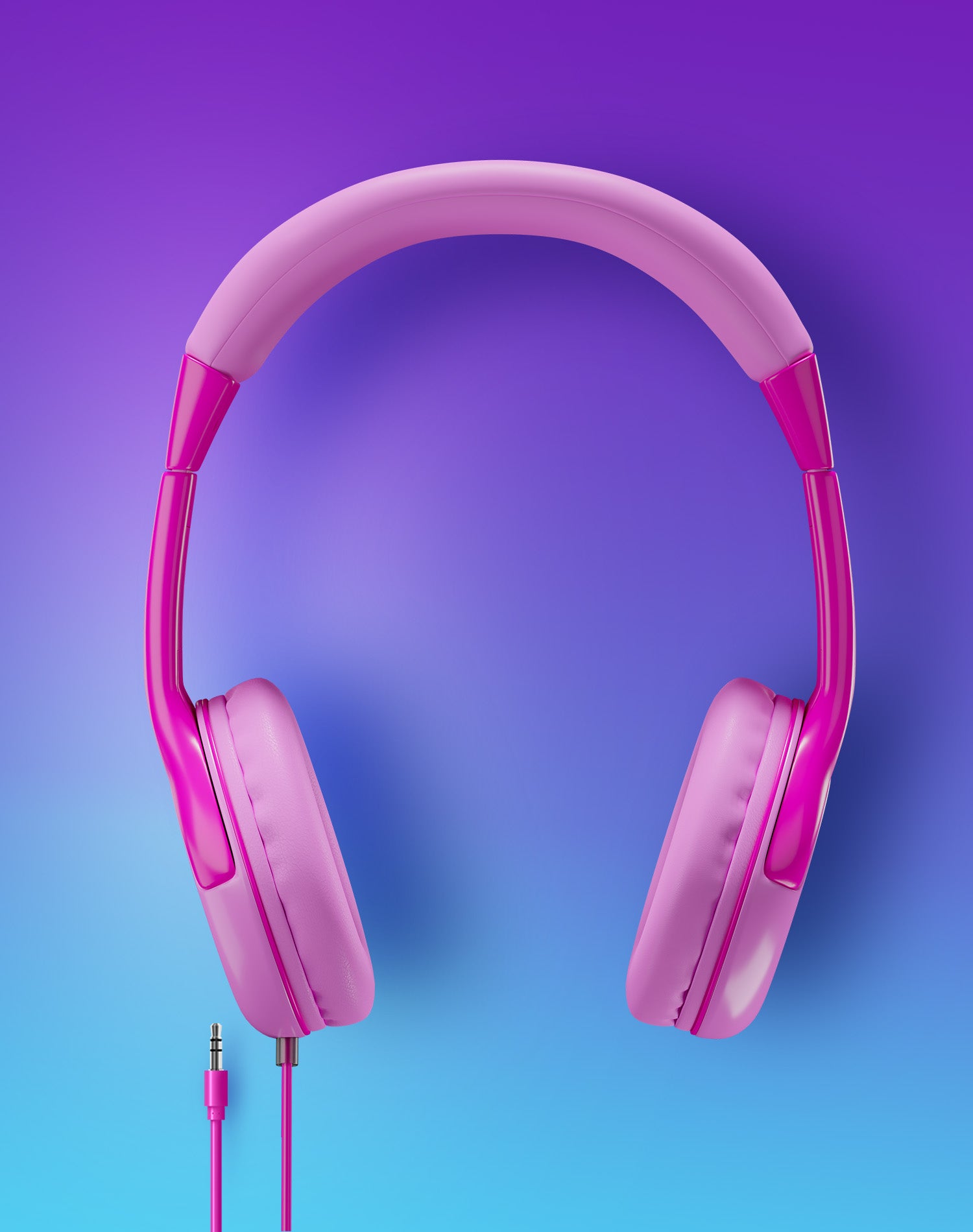
Adjustable Headband
Volume Limited to 85dB
Soft Earcup Cushions
85dB
Volume limited to protect children's ears
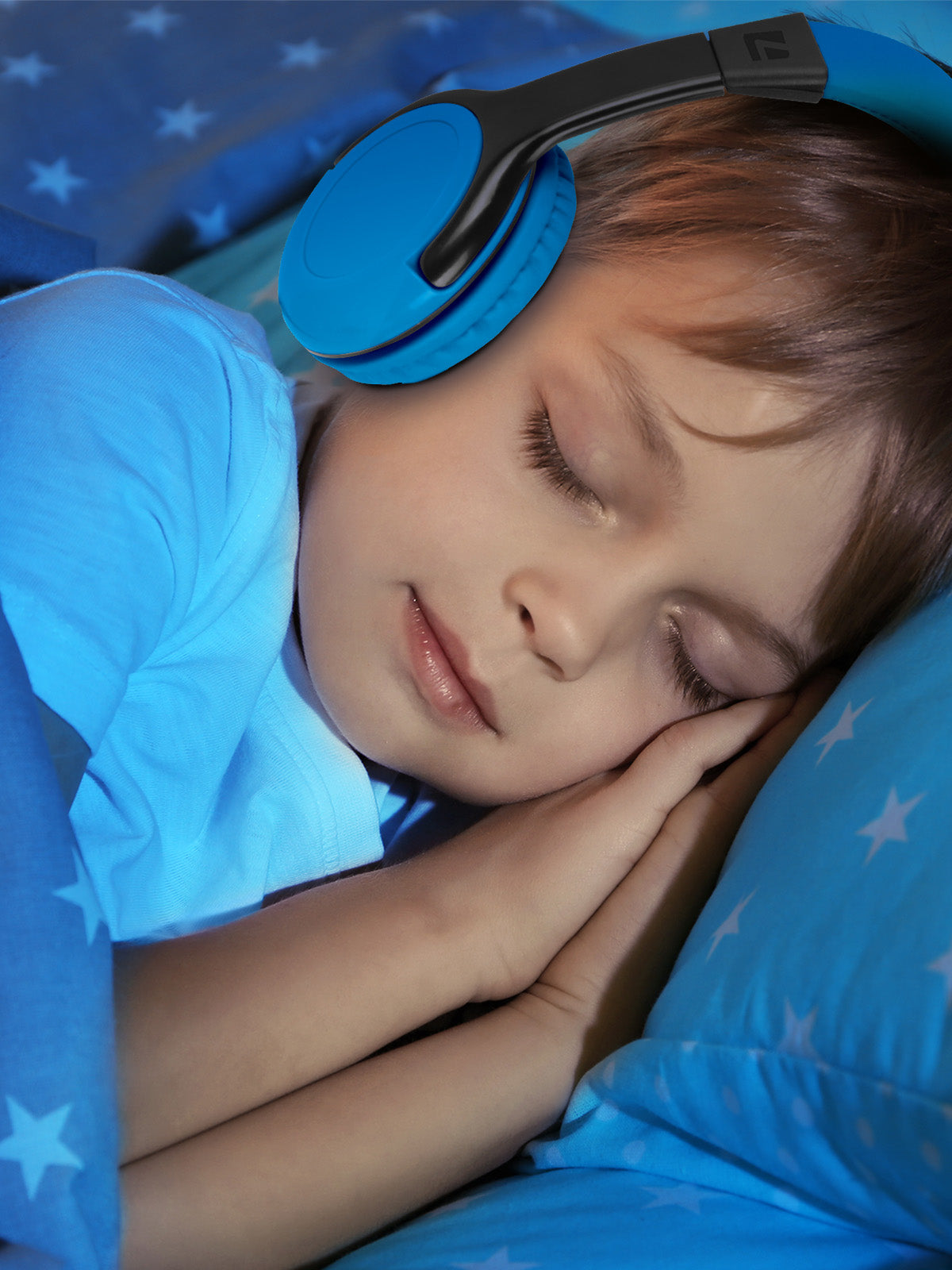
Designed with your child's comfort in mind, these headphones feature a lightweight design that ensures long-lasting comfort during extended listening sessions. The padded headband and soft ear cushions provide a snug fit without exerting excessive pressure, allowing them to enjoy their music or shows for hours on end.
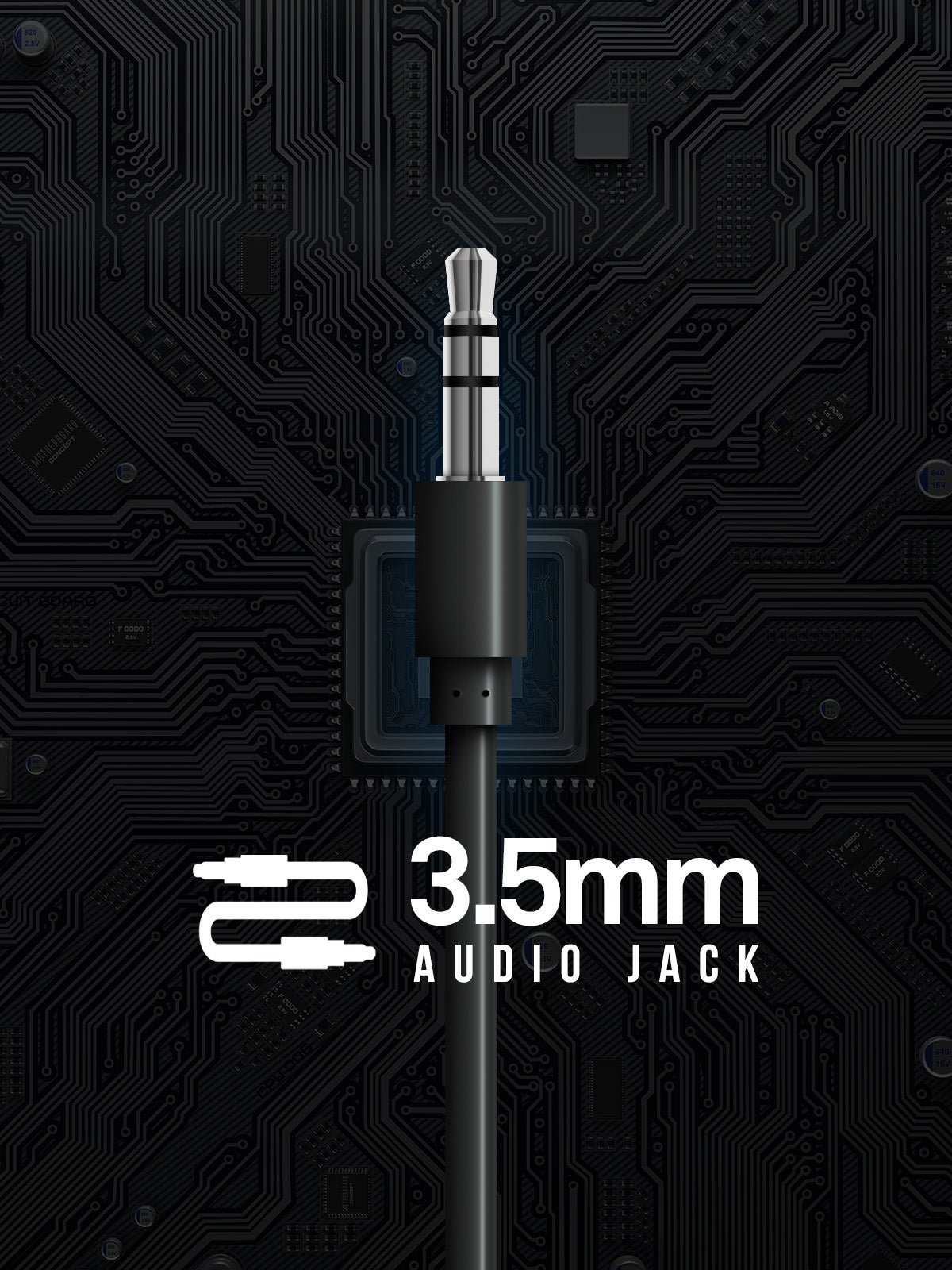
Our KIDZ headphones come equipped with a standard 3.5mm jack, offering universal fitment with a wide range of devices. Whether it's a tablet, smartphone, laptop, or gaming controller, these headphones are compatible, allowing your child to enjoy their favourite audio content with ease.
Designed with your child's comfort in mind, these headphones feature a lightweight design that ensures long-lasting comfort during extended listening sessions. The padded headband and soft ear cushions provide a snug fit without exerting excessive pressure, allowing them to enjoy their music or shows for hours on end.
Our KIDZ headphones come equipped with a standard 3.5mm jack, offering universal fitment with a wide range of devices. Whether it's a tablet, smartphone, laptop, or gaming controller, these headphones are compatible, allowing your child to enjoy their favourite audio content with ease.


KIDZ Volume Limited Headphones
Product Information
Specifications
User Manual
Download the user manual below to learn more how to operate the product.
Frequently Asked Questions
We've put together some frequently asked questions about personal audio products.
Wireless Headphones
How do I connect my wireless headphones to my device?
When turn on your headphones and they should start in pairing mode with a flashing blue light. You should be able to find and select them from the device's Bluetooth menu. The process to connect wireless headphones to a device may vary slightly depending on the specific headphones and device. Refer to the user manual for instructions.
What is the battery life of wireless headphones?
The battery life of wireless headphones can vary depending on the model, but on average it can last anywhere from 8 to 60 hours.
Can I use wireless headphones while they are charging?
This depends on the specific model of wireless headphones, but some allow you to use them while they are charging while others do not.
True Wireless Earphones
What are True Wireless Earphones?
True Wireless is short for True Wireless Stereo, a wireless Bluetooth technology where two earphones are entirely separate from the other, without any cables or wires connecting the two. They both connect to the same device to deliver a stereo experience.
How do I connect True Wireless Earphones to my device?
Take the True Wireless Earphones out of the charging case, this will synchronise them together and start pairing mode. The Earphones will show under Pair New Device through the device's Bluetooth settings.
Can I use only one earbud at a time?
Yes, many True Wireless Earphones can be used individually, allowing you to use one earbud at a time for a more natural listening experience or to be aware of your surroundings.
How long does the battery last on True Wireless Earphones?
The battery life of True Wireless Earphones can vary depending on the specific model and usage. Our earbuds offer from 1.5 hours to 3 hours of continuous playback time with additional charging time available through a case.
Can I use True Wireless Earphones while they are charging?
No. True Wireless Earphones do not have a way to charge while you use them. Place them into the charging case for 30 minutes for a small charge or 2 hours for a full charge. Playtime will depend on the model.
Wired Headphones / Earphones
Do wired headphones require any power source?
No, wired headphones do not require an external power source as they are powered by the audio signal from the device they are connected to. However, depending on the ohm rating, they may require more power from the audio source to power them.
How do ohms (Ω) relate to headphones?
The impedance of headphones is measured in ohms, and it indicates how much power is required to drive the headphones to a certain volume level. In general, headphones with a higher impedance (ohm rating) require more power to drive them than headphones with a lower impedance. This means that headphones with a higher impedance may require a more powerful amplifier to achieve the same volume level as headphones with a lower impedance.
32 ohms is a typical rating for headphones that can be powered by a smartphone or laptop amp, whereas headphones with 300 ohms will require a larger amplifier to power them.
Does size matter when it comes to sound drivers?
Yes, the sound driver size is a key factor to consider when it comes to headphones because it can affect the sound quality, frequency response, and overall performance of the headphones.
The sound driver is the component of the headphones that converts electrical signals into sound waves that we hear. It is typically made up of a diaphragm, a magnet, and a voice coil.
A larger sound driver can potentially produce a better bass response and overall sound quality, as it can move more air and produce more sound pressure. However, the quality of the sound is also affected by other factors such as the materials used in the driver, the design of the headphone housing, and the tuning of the drivers.
Bluetooth Speakers
How do I connect my Bluetooth speaker to my device?
When turning on the Bluetooth speaker, if they have not connected to a device before, they will be in pairing mode with a blue light flashing. You should be able to find and select them from the device's Bluetooth menu. The process to connect speakers to a device may vary slightly depending on the specific headphones and device. Refer to the user manual for instructions.
What is the battery life of a Bluetooth speaker?
The battery life of a Bluetooth speaker can vary depending on the model, but on average it can last anywhere from 2 to 20 hours.
Can I use a Bluetooth speaker while it is charging?
Yes, you can use a Bluetooth speaker while it is charging.
Clocks
How do I set the time on my clock?
The process to set the time on a clock may vary depending on the type of clock. Refer to the user manual for instructions.
Can I set multiple alarms on my clock?
This depends on the specific model of the clock, but some clocks can set multiple alarms while others do not. Refer to the user manual for instructions.
Wireless Charging
What devices are compatible with wireless charging?
Many smartphones, tablets, earbuds, smart watches, and other devices that support Qi wireless charging standards can be charged wirelessly.
How fast can I charge my device using wireless charging?
The speed at which you can charge your device using wireless charging may depend on several factors such as the specific wireless charging pad, device, and charging power. The lowest rating between all three will be the rate in which it'll charge at.
Can I use my device while it is charging wirelessly?
Yes, you can use your device while it is charging wirelessly if it is placed correctly on the wireless charging pad.
Active Noise Cancelling (ANC)
How does active noise cancelling technology work?
Active noise cancelling technology works by creating an inverse sound wave to cancel out unwanted background noise. This is accomplished through microphones that pick up surrounding sounds and algorithms that generate the cancelling wave.
Does active noise cancelling technology work with all types of noise?
Active noise cancelling technology is most effective at cancelling out low-frequency sounds such as engine noise, but it may not be as effective at cancelling out higher-frequency sounds such as human voices.
Can I still hear my surroundings while using active noise cancelling technology?
This depends on the specific model of headphones or earphones with active noise cancelling technology, but some models have transparency modes or ambient sound features that allow you to hear your surroundings while still enjoying the benefits of active noise cancelling.
Bluetooth 5.3
What are the benefits of Bluetooth 5.3?
Bluetooth 5.3 offers several benefits over previous Bluetooth versions, including improved coexistence with other wireless technologies, better support for location-based services, longer battery life and increased data transfer speeds.
Is Bluetooth 5.3 compatible with all devices?
The compatibility of devices with Bluetooth 5.3 may depend on the specific device and its Bluetooth capabilities. Bluetooth 5.3 is backwards compatible to work with older devices.
Can I use Bluetooth 5.3 to connect multiple devices at the same time?
It depends on the specific implementation of Bluetooth 5.3 and the device, but some devices support simultaneous connections with multiple devices while others do not. Our headphones with Bluetooth 5.3 can connect to two devices such as a Laptop and Smartphone at once. It automatically switches between audio sources when the audio signals come through.
